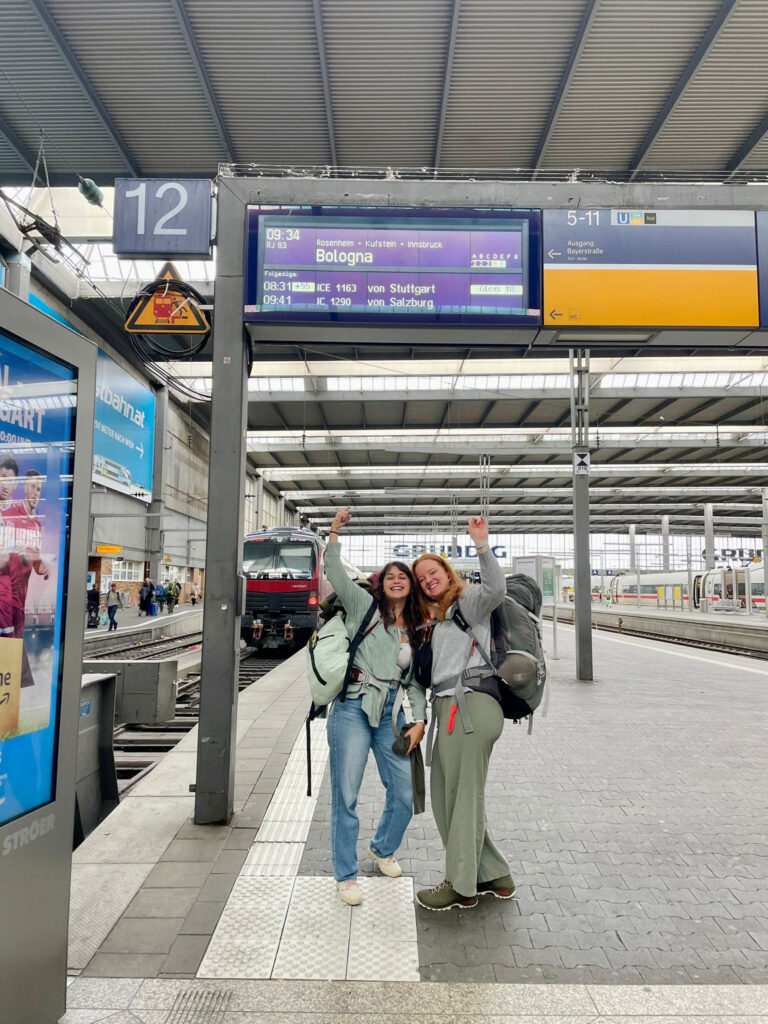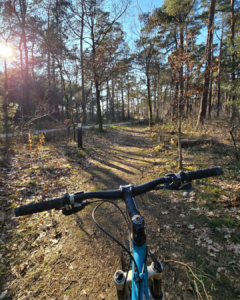One of the most beautiful ways to experience Europe in an eco-friendly manner is by train. Imagine this: dancing your heart out in a salsa class in Barcelona, stepping off the train in a picturesque Tuscan village, and marveling at Norway’s fjords just days later—all during the same journey. With an Interrail Pass, this dream can become a reality: the pass allows you to travel freely through 33 countries, creating your adventure. But how does it work, and which pass best fits you? This guide will help you embark on your train adventure with confidence.
Originally introduced in 1972 as a one-time promotion celebrating the 50th anniversary of the International Union of Railways (UIC), it allowed young travelers under 21 to explore 21 countries with a single ticket. The initiative’s success transformed it into a permanent offering, now available to adventurers of all ages, with tailored options to suit different travel needs.


Starting your train adventure
The journey begins with choosing your ticket, which can sometimes be a bit daunting. First, it’s essential to understand the difference between “Interrail” and “Eurail.” Simply put, they’re the same product, but Interrail Passes are for residents of European countries, while Eurail Passes are designed for travelers from outside Europe.
Decide whether you want to explore one country or multiple countries, as this will determine the type of pass you’ll need.
The One Country Pass
If your heart is set on exploring just one country—say, France—the One Country Pass is your go-to option. However, this pass cannot be used to enter or leave the selected country. For example, you can’t use it to travel from Belgium to France; it’s valid for travel within only France.
The One Country Pass is valid for one month, during which you choose how many travel days you need—anywhere from 3 to 8 days.
The Global Pass
Dreaming of a multi-country adventure? The Global Pass is your perfect companion. Before purchasing, consider the duration of your trip and the number of travel days you’ll need. The Global Pass comes in two main varieties, catering to different travel styles:
- Continuous Global Pass
This option offers unlimited travel within a chosen period of 7 to 90 consecutive days. With the Continuous Pass, you’re free to explore Europe every day during the pass’s validity. These passes are the most flexible—and also the most expensive. - Flexi Global Pass
The Flexi Pass allows you to select a specific number of travel days—anywhere from 4 to 15—within a validity period of 1 or 2 months. For example, with a pass for “10 travel days within 2 months,” you decide which 10 days to travel within the two-month window.
Important: Your Interrail Global Pass allows one outbound and one inbound journey to/from your home country. For instance, as a Belgian, you can’t zigzag between Antwerp, Eindhoven, Hasselt, and Maastricht using the pass.
What is a travel day?
A travel day starts at midnight (00:00) and ends at 11:59 PM. Within these 24 hours, you can take as many trains as you’d like, making it ideal for getting the most out of your day. For instance, you can easily travel from Belgium to Poland in just one day.
“Does that mean I lose two travel days if I take a night train?” you might wonder. Thankfully, no. If your night train departs on one day and arrives the next, only the day of departure counts as a travel day—provided your arrival falls within the validity period of your pass.
Just trains?
Well, yes—that’s the primary concept of Interrail. However, in some countries, your pass can also be used for ferries. Depending on your destination, ferry rides may be fully covered or discounted for Interrail travelers.
You’ve bought your Pass — What’s next?
After purchasing your pass, you’ll receive a confirmation email with your unique pass number. If you’re using a digital pass, the next step is downloading the Rail Planner app, logging in, and linking your pass with your personal code.
The Rail Planner app will be your indispensable travel companion. It’s not just for planning your journeys; it also serves as your (digital) ticket. The Rail Planner provides all essential details: travel times, transfer points, layover durations, potential supplements, and more.
Supplements and reservations
Yes, you read that right. Sometimes you’ll need to pay a supplement in addition to your pass. This varies by country and railway operator, but it’s most commonly required for high-speed trains. There are two types of supplements you might encounter: a surcharge and a seat reservation. A seat reservation guarantees you a specific seat on the train and must be arranged before boarding. This can often be done through the app, the railway operator’s website, or at a ticket office.


The filter function
Both the Rail Planner website and app feature a filter function, allowing you to avoid routes requiring reservations. You can also select options like “direct trains only” or specify minimum transfer times.
For certain routes, seat reservations are recommended. If you’d rather play it safe or snag a window seat, it’s worth making a reservation. However, budget travelers who don’t mind hunting for an open seat—or even standing for a short while—can skip the reservation. Of course, if a reservation is mandatory, you won’t have a choice.
During my own Interrail journey through Italy and Austria, I traveled on trains without reservations whenever possible, even when recommended. While it sometimes took a little effort to find a seat, I never had to wait long before securing one.
And finally, my last travel tips.
On a budget? The Rail Planner app gives you a clear map of your entire planned route, making it easy to visualize your trip. It also highlights Interrail partners at your destination, offering discounts and deals. For example, I once enjoyed a 10% discount on a hostel stay in Munich!
As you travel, the app also tracks your statistics: how many trains you’ve taken, how many countries you’ve visited, and the total kilometers traveled by train. These stats make for a fun souvenir to look back on and relive your journey.

Sit and enjoy the ride!






